#cassini
Explore tagged Tumblr posts
Text




Saturn seen by the space probe Voyager 2 (1981) , Voyager 1 (1980) , Cassini (2007) and Hubble (2021).
Credit: NASA
4K notes
·
View notes
Text


The Colors of Saturn from Cassini © ©
#nasa#cassini#space#saturn#astrophotography#planet#solar system#stars#galaxy#cosmos#astronomy#universe#apod#night sky
6K notes
·
View notes
Text



Rings Of Saturn
2K notes
·
View notes
Text






Hubble Multiwavelength OPAL Saturn
l NASA Hubble Mission Team l OPAL program
#space#nasa#hubble telescope#cassini#opal program#astrophotography#astronomy#sky#stars#planets#solar system#galaxy#universe#saturn
948 notes
·
View notes
Text

Earth as seen through Saturn's ring(Cassini)
#cassini#earth#saturn#astronomy#astro community#astrophotography#science#cosmos#photography#space#solar system#nasa jpl#nasa#nasa photos
426 notes
·
View notes
Text
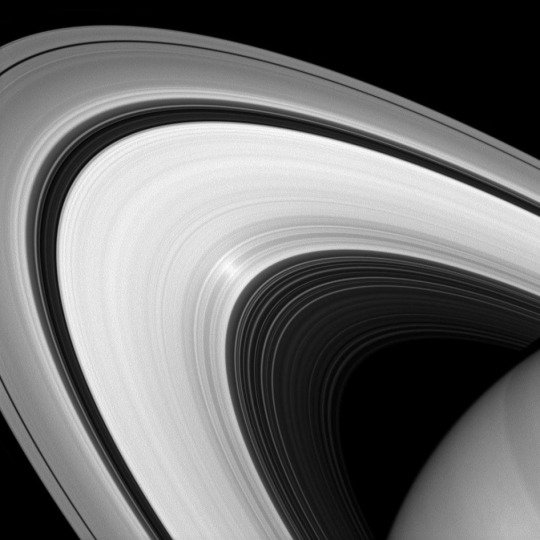
10 years ago today: Planet Saturn, viewed by NASA's Cassini probe on August 18, 2013.
1K notes
·
View notes
Text




The beautiful rings of Saturn in near infrared taken by the Cassini spacecraft in 2014. 🪐
📷: NASA / Maksim Kakitsev
—
Cassini–Huygens, commonly called Cassini, was a space-research mission by NASA, the European Space Agency (ESA), and the Italian Space Agency (ASI) to send a space probe to study the planet Saturn and its system, including its rings and natural satellites.
The Flagship-class robotic spacecraft comprised both NASA's Cassini space probe and ESA's Huygens lander, which landed on Saturn's largest moon, Titan.
Cassini was the fourth space probe to visit Saturn and the first to enter its orbit, where it stayed from 2004 to 2017.
The two craft took their names from the astronomers Giovanni Cassini (1625-1712) and Christiaan Huygens (1629-1695).
#Saturn#saturn rings#planet#space#universe#Cassini#Cassini spacecraft#spacecraft#Cassini–Huygens#NASA#ESA#ASI#space probe#astronomy
165 notes
·
View notes
Photo

(via cassini mission photos - Google Search)
84 notes
·
View notes
Text

saturn rings
Credit- Cassini
#cassini#photography on tumblr#astrophotography#astroworld#science#stem academia#tumblr#women in stem#universe
55 notes
·
View notes
Text
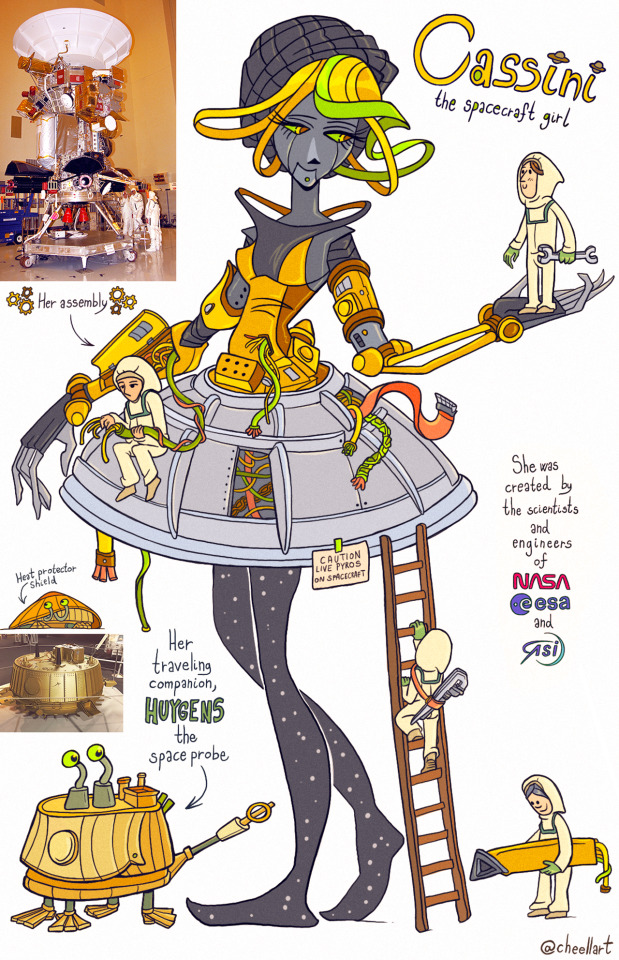


Cassini 🪐 Cassini was a sophisticated robotic spacecraft sent to study and capture the beauty of Saturn. She embarked on a great adventure and made many fascinating discoveries along her way. Until finally, with one last maneuver, she plunged into the gas giant and perished in a final, fatal embrace. She became one with her muse for an eternity. You can read more about the original Cassini’s journey here and here :)
#my art#my oc#Cassini#humanization#personification#original character#character design#character concept#cassini huygens#gijinka#space#spacecraft#astronomy#space exploration#Nasa#robots#robot#robot girl#mech#mecha#machine#ocs#oc art#oc artwork#illustration#concept art#digital art#art#artists on tumblr#cheellart
104 notes
·
View notes
Text

#IFTTT#Flickr#nasa#nasasmarshallspaceflightcenter#nasamarshall#marshall#msfc#cassini#jpl#jetpropulsionlaboratory#solarsystemandbeyond#astronomy#space#saturn#cassinihuygens
72 notes
·
View notes
Text


Storm at Saturn's north pole
Credit: NASA/JPL-Caltech/SSI/CICLOPS/Kevin M. Gill
22K notes
·
View notes
Text




Saturn's Earthlike Moon, Titan in visible/infrared ©
#saturn#space#satellites#moon#titan#astrophotography#cassini#nasa#stars#planet#solar system#galaxy#cosmos#universe#astronomy#Cassini
4K notes
·
View notes
Text
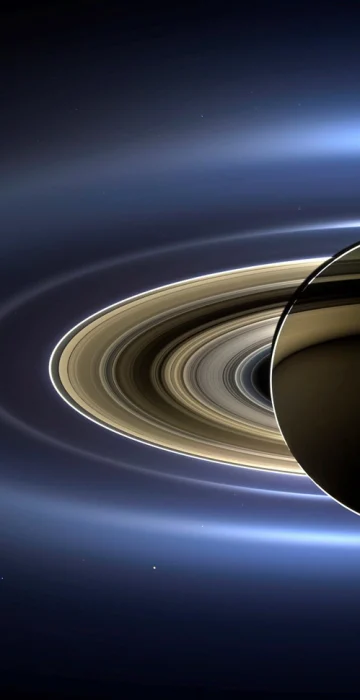
Cassini's Saturn
3K notes
·
View notes
Text
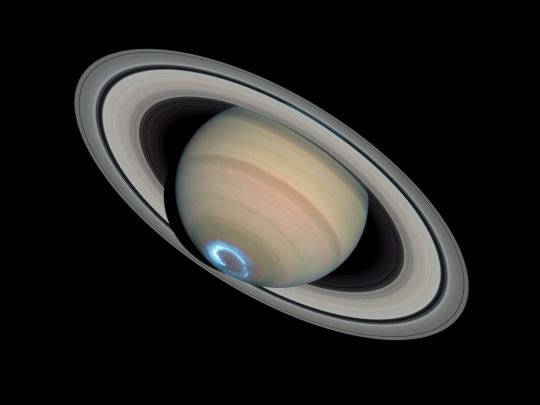
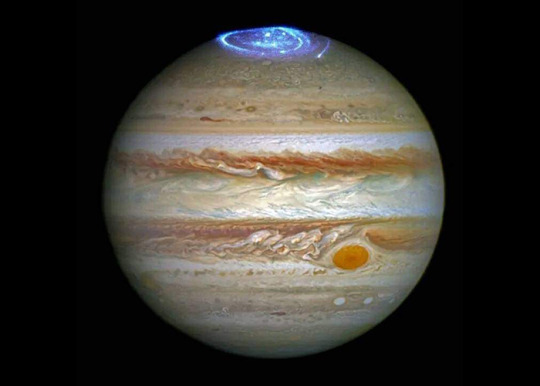
Saturn and Jupiter's Auroras l Cassini/Hubble
#nasa#cassini#hubble telescope#space#saturn#jupiter#aurora#astrophotography#astronomy#planets#solar system#universe#stars
3K notes
·
View notes
Text
This video is made from 47 images captured by NASA's Cassini spacecraft during a flyby of Saturn's moon Hyperion on May 31, 2015. Changing spectral filters result in slightly different exposures and contrasts. (Images were sourced through @setiinstitute's OPUS3 online server.
#nasa cassi#cassini huygens#cassini#astronomy#nasa#astronomers#universe#nasa photos#astrophotography#outer space#astrophysics#nasawebb#hubble space telescope#space exploration#space#science#james webb space telescope#space travel#space science#international space station#our universe#the universe#solar system#astronaut#nasa science#science facts#planetary science#astronomy photography#i love astronomy#astronomy facts
34 notes
·
View notes